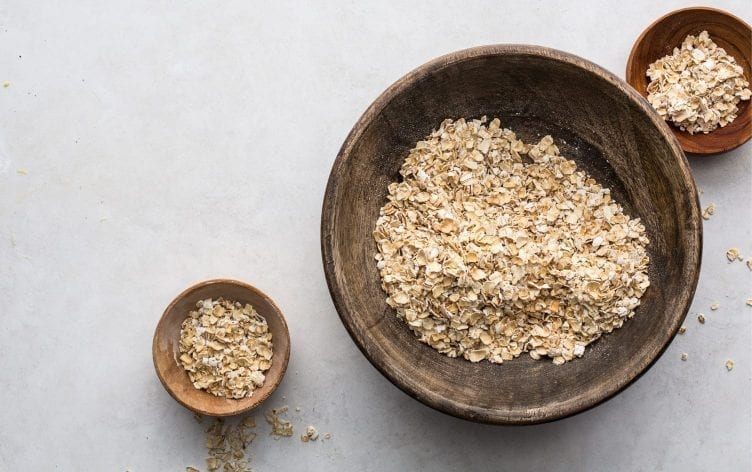
Whether you’re looking to lose weight or maintain, it’s important to eat a well-balanced diet that includes all three macros: protein, carbs and fats. And while carbohydrates often get a bad rap, certain types contain resistant starch, which can help promote good gut health, reduce inflammation and more.
WHAT IS RESISTANT STARCH?
“Like its name suggests, resistant starch ‘resists’ digestion and absorption in the small intestine. It then travels to the large intestine where it can be broken down and fermented by the trillions of gut microbes that reside there,” says digestive health expert Kate Scarlata, RDN, author of “The Low-FODMAP Diet Step by Step”.
HOW DOES IT BENEFIT GUT HEALTH?
Resistant starches are what are called “prebiotics,” which are essentially the food for probiotics. A gut that’s populated with the right microbes regulates blood sugar function, improves your immune system and creates vitamins for the body, says Scarlata.
What’s more, when these good bacteria feed on prebiotics, they produce certain fatty acids that nourish the lining of your gut, says Sonya Angelone, RDN, spokesperson for the Academy of Nutrition and Dietetics. “A single layer of cells make up this lining, which is like tile with grout in between. You want that grout to be intact, like an army lined up arm to arm,” she says. A resilient gut lining protects things from going in or escaping your gut that, among other problems, causes damaging inflammation.
CAN IT HELP WITH WEIGHT LOSS?
According to a 2015 study review in the journal Biomedical and Environmental Sciences, eating foods packed with resistant starch may increase satiety, reduce calorie intake and lower blood sugar levels. And while more human research is needed, another theory from animal research is that eating resistant starch may prompt the body to burn more fat.
THE BOTTOM LINE
“If you want to improve digestion, decrease inflammation or help control your weight or blood sugar, you need a certain type of diet, and that’s a mostly plant-based diet that incorporates different starches, including resistant starch,” says Angelone. These types of foods also fit if you’re on a lower carb diet (such as 50–100 grams a day), she adds.
Start by incorporating some of the foods below into your diet slowly. “Some probiotics can cause pain and gas in people with a sensitive intestine, such as in irritable bowel syndrome,” notes Scarlata, so it’s important to check in with how you’re feeling.
- Unripe Bananas
On their own, green bananas aren’t very palatable. However, try adding them to your morning smoothie, suggests Angelone. You can also try roasting them for a low-sugar snack.
- Green Banana Flour
Easily found on Amazon, green banana flour makes it simple to add this starch into foods like smoothies or oatmeal, says Angelone.
- Oats
Raw oats contain more resistant starch than cooked ones. Try them in no-bake granola bars, overnight oats or add 1 or 2 tablespoons to a smoothie.
- Cold Potatoes or Rice
After these carbs have been cooked then cooled, they contain more resistant starch, research shows. Try making potato salad or one of these delicious burrito bowls.
- Cassava
You’ll find this root most often available ground into a flour and it’s packed with resistant starch. Try it in this coconut chicken strips recipe.
- Konjac
Trendy “miracle” or “wonder” noodles — aka shirataki noodles — are made from a type of resistant starch from the konjac root. Try using them as an alternative pasta noodle.
- Tiger Nuts
The tiger nut is a high-fiber root vegetable. You can buy it pre-roasted to snack on at places like Thrive Market or Whole Foods. Or use the flour in recipes in lieu of traditional white flour.
